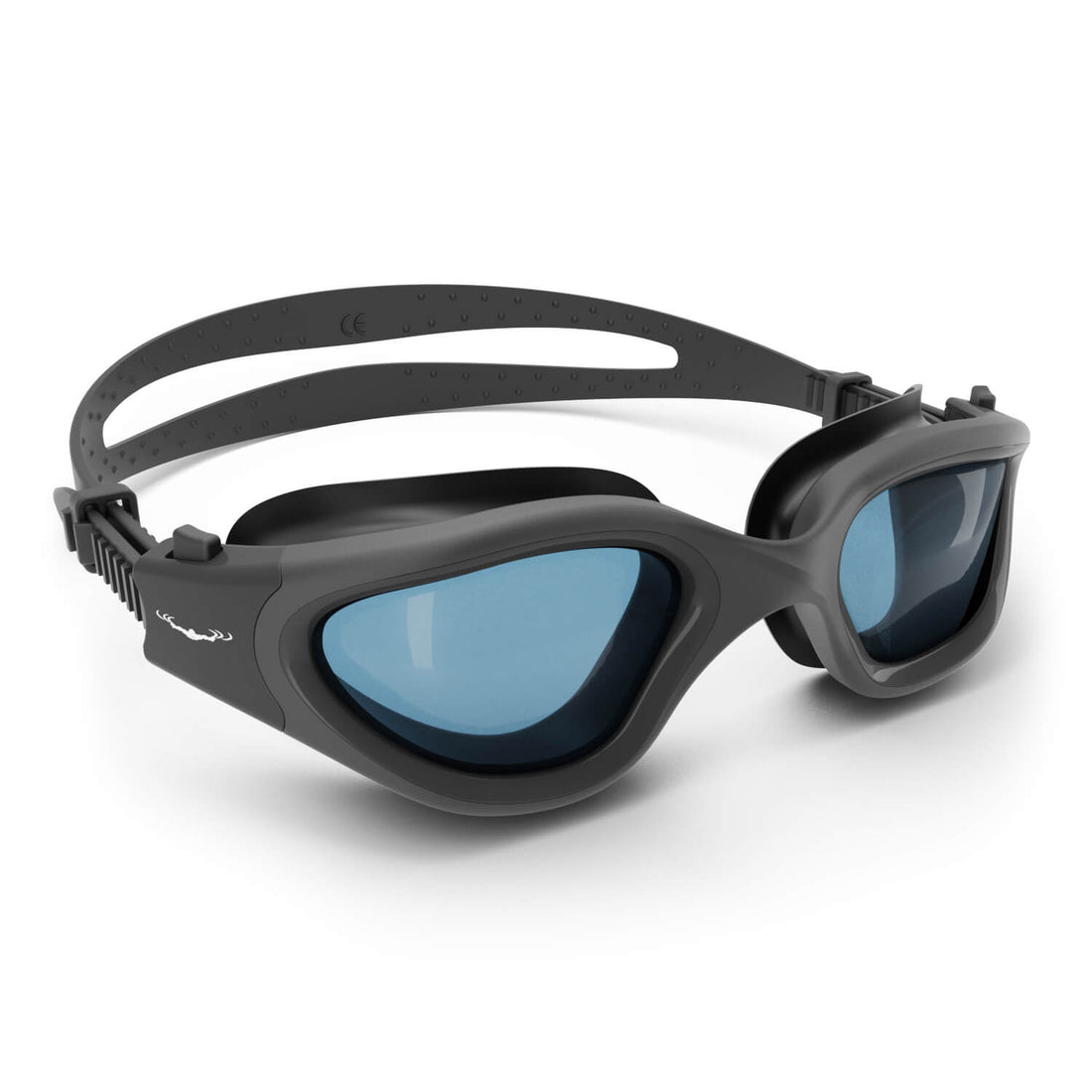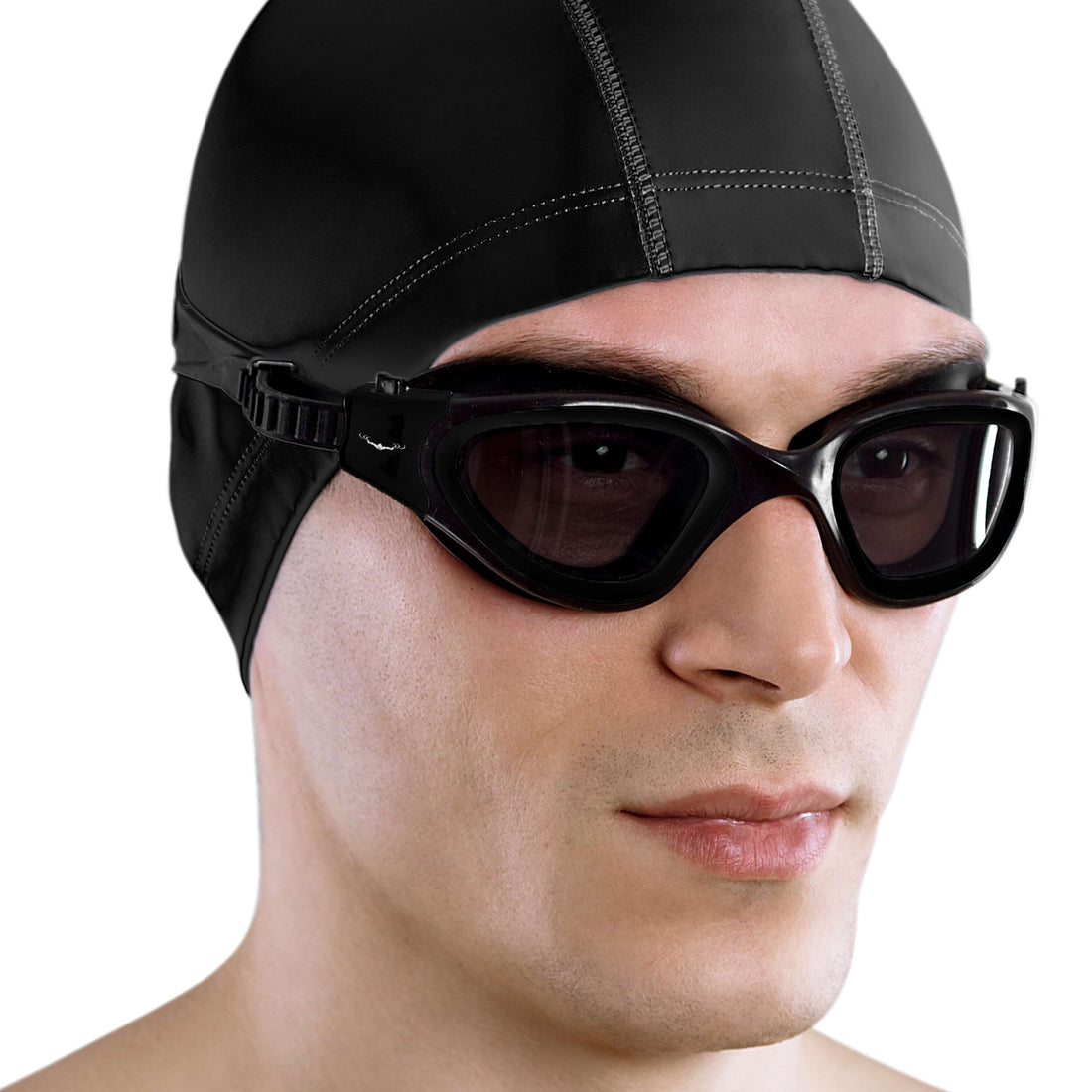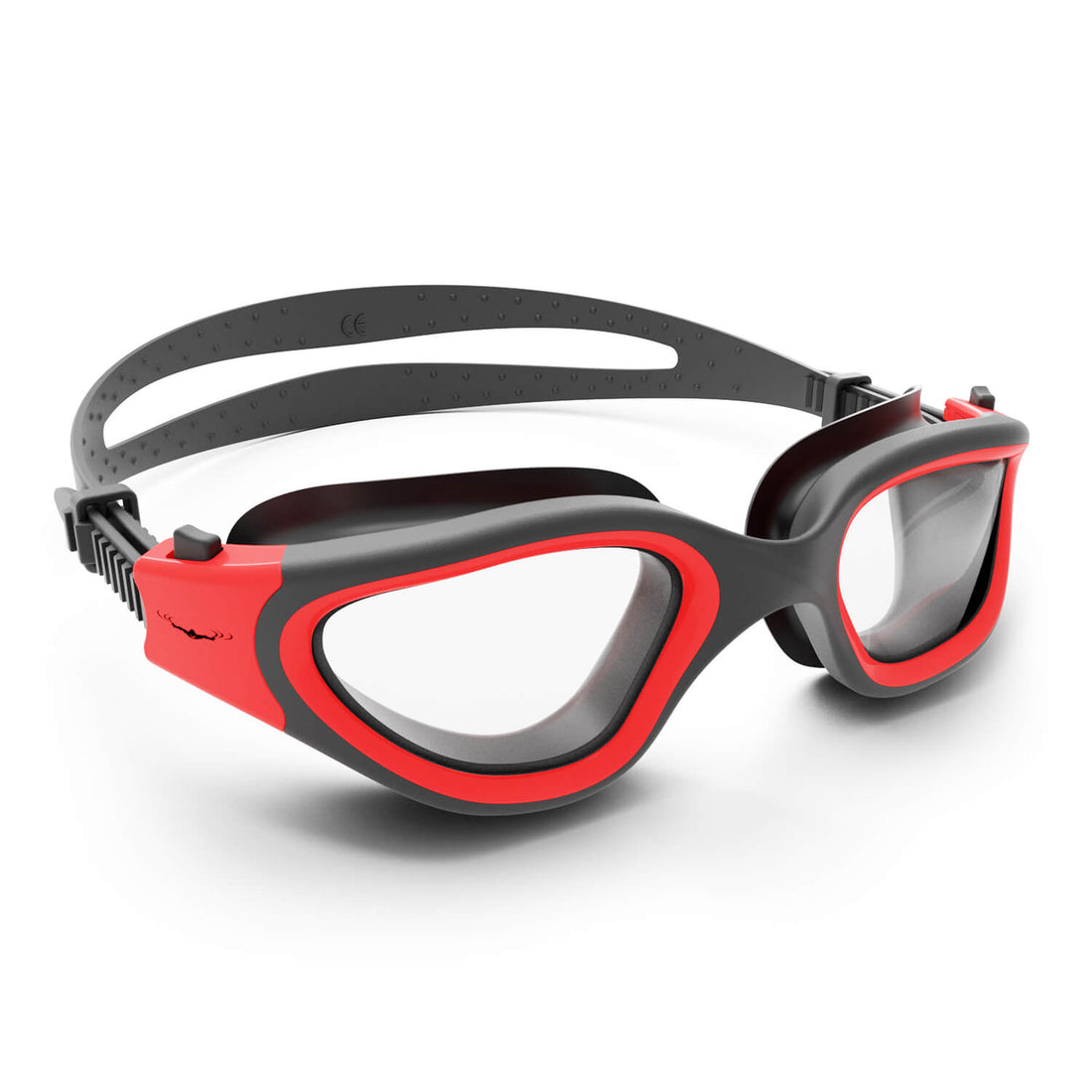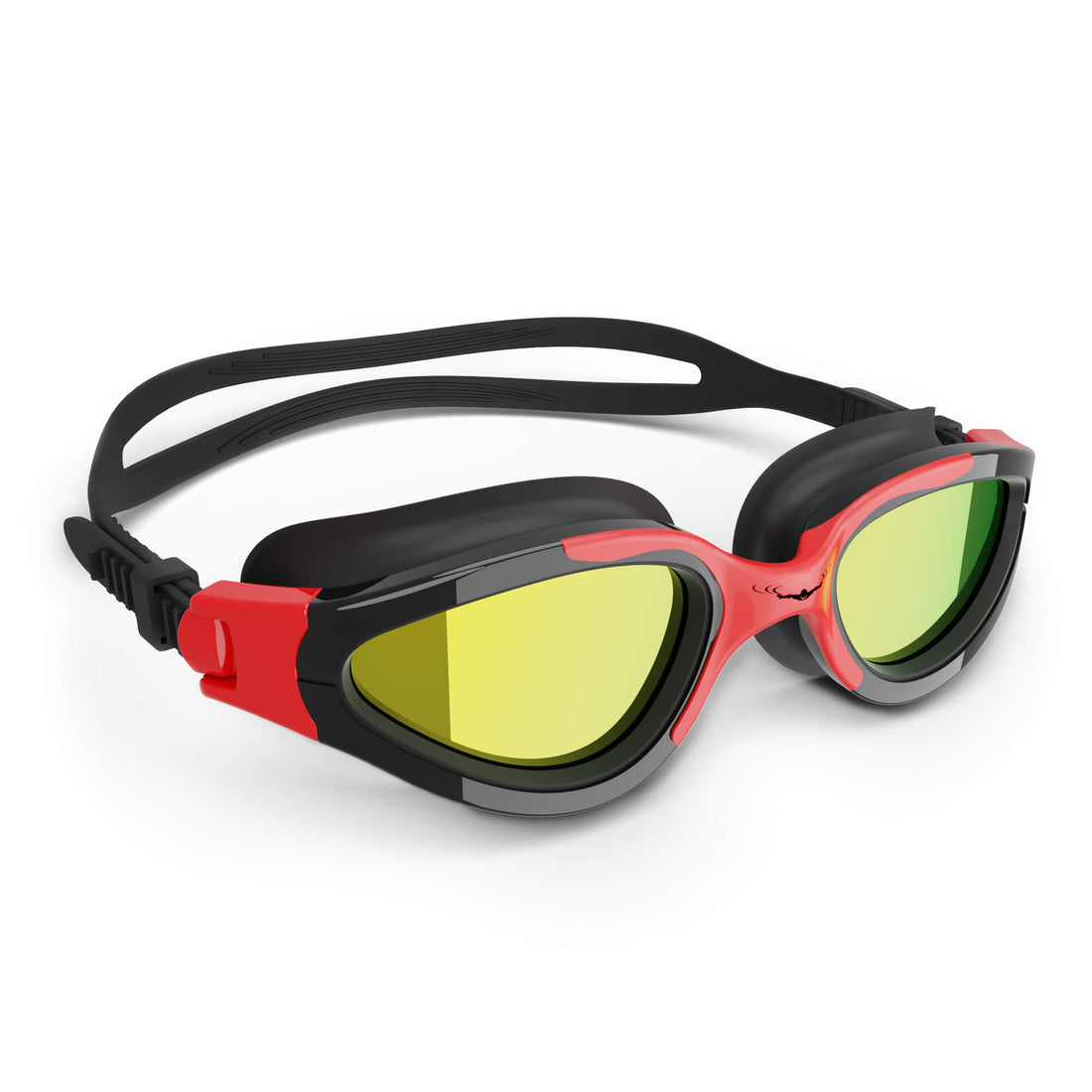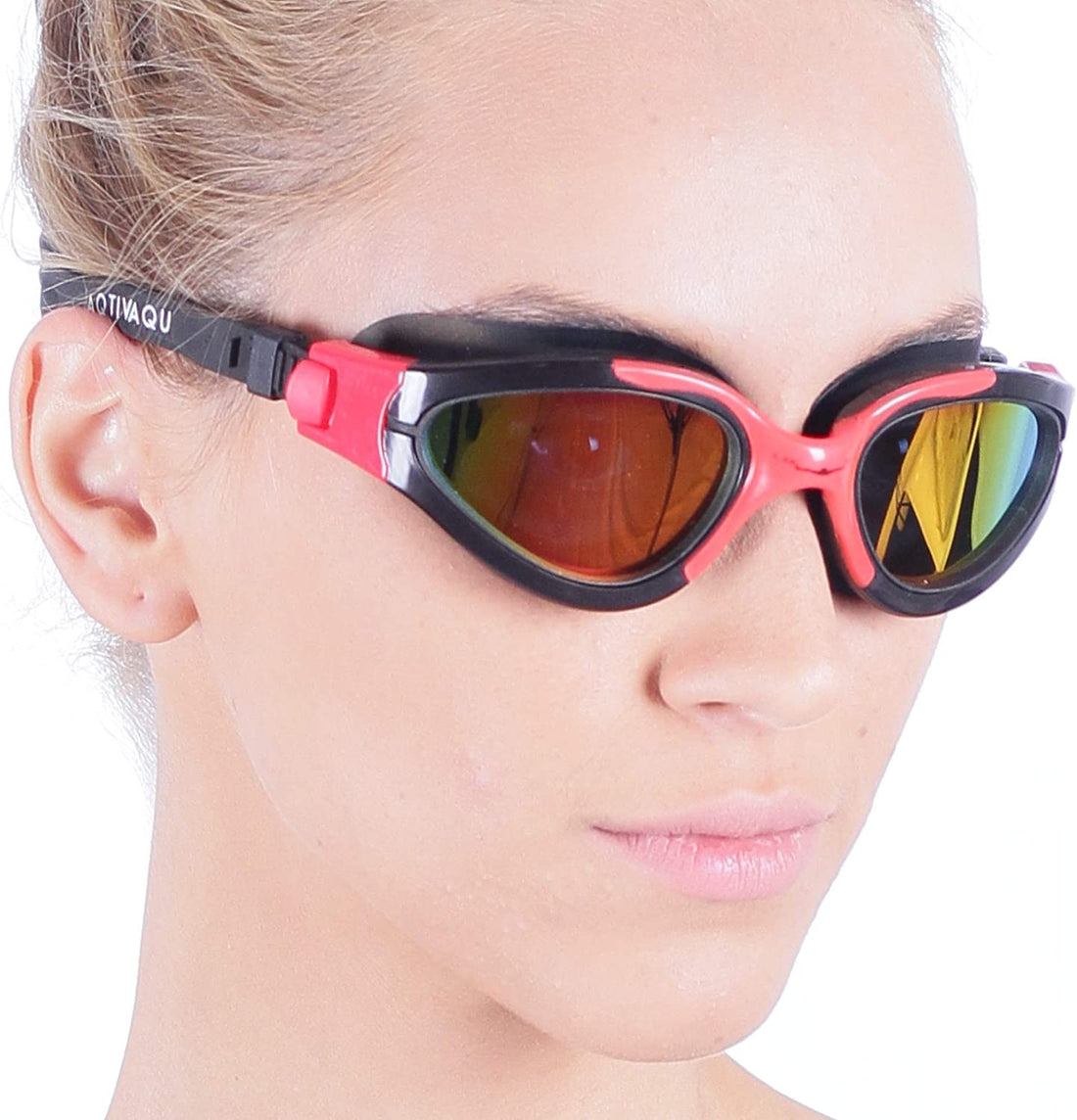Competitive swimming is a sport steeped in rich history and tradition, captivating audiences worldwide through its thrilling displays and stories of perseverance. From ancient times to modern Olympic spectacles, swimming has evolved significantly, shaped by cultural influences, innovations, and, of course, the athletes who dare to dive. In this article, we will explore the history of competitive swimming while highlighting essential gear like swim goggles, swim caps, swimming goggles, swimming caps, and swim ear bands that have enhanced athletes' performances over the years.
Ancient Beginnings: Swimming as a Fundamental Skill
The origins of competitive swimming can be traced back thousands of years to ancient civilizations. Swimming was not merely a sport but regarded as an essential life skill. The oldest known depiction of swimming dates back to 2000 BC in ancient Egypt, where frescoes illustrated people swimming along the Nile. Similarly, archaeological findings indicate that swimming was prevalent in ancient Greece and Rome, often as part of military training.
Early Competitions
While swimming as a competitive sport began long ago, it wasn't until the early 19th century that organized competitions took shape. In Australia, for example, the first competition was held in 1837, using a crude version of the freestyle stroke. Athletes participated without the sophisticated gear available today, often competing in bathing costumes and without any protective swim caps or swim goggles.
The 19th Century: Organized Sports and Rules
The establishment of formal swimming competitions progressed rapidly in the 1800s. In 1844, Native American swimmers introduced the unique "trudgeon" stroke during an exhibition race in London, which greatly influenced the world of swimming. The first official swimming association, the National Swimming Society of Great Britain, was established in 1837, paving the way for national and international competitions.
The Birth of Modern Swimming Styles
Towards the later part of the 19th century, the styles of competitive swimming began to take shape. The adoption of the freestyle stroke, along with the backstroke, breaststroke, and butterfly, further solidified swimming's identity as a competitive sport. Swimmers started to rely on certain gear to enhance their performance. This is where innovations such as swimming goggles began to gain popularity, providing athletes with clearer vision while swimming through water.
Swimming in the Olympics: A Global Stage
The milestone event that catapulted competitive swimming into the global spotlight was its inclusion in the first modern Olympics in 1896, held in Athens. Initially, only men competed, but by 1912, swimming for women was added to the Olympic roster during the Stockholm Games.
The Rise of the Female Swimmer
Women’s swimming rapidly gained popularity, with standout athletes challenging norms and breaking records. Notable figures emerged as pioneers in the sport, such as Gertrude Ederle in the 1920s, becoming the first woman to swim across the English Channel. Along with achievements in the pool, female athletes popularized the use of swimming caps, enhancing speed by reducing drag in the water while offering protection for the hair.
Technological Advancements: Gear that Changed the Game
As competitive swimming progressed into the 20th century, advancements in technology within the sport became apparent. The development of swim goggles significantly enhanced athletes' safety and performance, allowing them to see clearly while submerged, reducing the risk of injury from underwater obstacles.
Material Innovations for Swim Gear
Swim gear evolved remarkably over the years, with various materials making a significant impact. The introduction of synthetic materials for swimming caps helped reduce water resistance, while also ensuring a snug fit to minimize the drag experienced during races. Additionally, the creation of swim ear bands became essential for many swimmers, providing comfort and reducing water entry into the ears, thereby promoting a better swimming experience.
Records and Rivalries: The Modern Era of Competitive Swimming
The late 20th and early 21st centuries marked a golden age for competitive swimming, witnessing breathtaking records and fierce rivalries. Legendary swimmers like Michael Phelps, Ryan Lochte, and Katie Ledecky not only dominated the sport; they also inspired a new generation of athletes to take the plunge into competitive swimming.
Unprecedented Achievements
Michael Phelps's astounding eight gold medals at the 2008 Beijing Olympics remain a benchmark that many aspire to achieve. His success was made even greater by his use of innovative gear, including high-tech swimming goggles and streamlined swimming caps designed to reduce friction. These advancements allowed swimmers to push their limits and achieve record-breaking speeds.
The Sport Today: Diversity in Competition
Today, competitive swimming is more inclusive than ever. With events held for para-athletes and athletes from diverse backgrounds, the sport continues to grow. The camaraderie among swimmers and the thrill of competition bring together people from all walks of life, highlighting the unifying power of sports.
The Role of Swim Gear in Modern Swimming
As competitive swimming becomes more refined, the role of gear like swim ear bands, swim caps, and swimming goggles becomes increasingly critical. These items are not just accessories but essential components of a swimmer's training and competitive strategy, ensuring they are equipped for peak performance. Furthermore, athletes are always on the lookout for high-quality gear that enhances their potential in the water.
Future of Competitive Swimming: What Lies Ahead?
As we gaze into the future, competitive swimming will undoubtedly continue to evolve. Emerging technologies in swim gear—perhaps with more smart elements—offer exciting possibilities for athletes. From improved swim goggles with heads-up displays to swimming caps integrated with sensors, the fusion of technology and sport can change how athletes train and compete.
Training Innovations
Modern swimmers benefit from innovative training regimens, including data analytics and wearable technology aimed at enhancing performance further. Swim ear bands that measure ear pressure could be developed, providing pools with real-time data on swimmer safety and performance. It's a thrilling prospect that merges tradition with innovation.
Parting Thoughts: Dive into the Deep End!
The history of competitive swimming is not merely a chronicle of laps and strokes; it’s a tale of human spirit, innovation, and evolution. From ancient civilizations to modern technology, competitive swimming has captured our fascination and hearts. As you embrace this thrilling sport, remember that the right gear—like swim goggles, swim caps, swimming goggles, swimming caps, and swim ear bands—plays a crucial role in unlocking your potential. Whether you’re diving into your first race or striving for Olympic glory, there's a legacy of excellence behind you, waiting to empower your journey.



